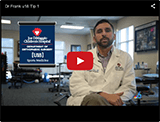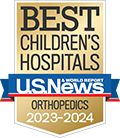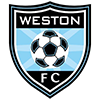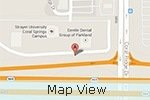Myotonic muscular dystrophy
Myotonic dystrophy is a common form of muscular dystrophy, characterized by muscle wasting, weakness and myotonia (tightness and stiffness) in the face, neck, hands and lower legs. This genetic disorder is of two types: type 1 and type 2, depending on the gene that is affected. It is a condition that worsens over time and can progress to disability.
Symptoms of myotonic dystrophy usually develop when you are in your twenties or thirties and include:
- Difficulty in relaxing muscles after they have been used: For example, you will not be able to release your grip in a handshake or on a doorknob
- Cardiac conduction defects: irregular heartbeats
- Cataracts
- Hormonal problems in males: balding and infertility
- Breathing problems, muscle weakness and developmental delays including mental retardation
Your doctor performs a physical examination to identify the typical pattern of muscle wasting and weakness, and the presence of myotonia. An electromyography test to examine the electrical activity of the muscles and a genetic test are ordered to confirm the diagnosis.
There is no specific treatment for myotonic dystrophy. Disease management involves controlling symptoms and improving the patients’ quality of life. As weakness advances, ankle supports and leg braces are prescribed. Myotonia can be reduced with medications. Heart problems and cataracts can be accordingly treated.
-
Personalized Physical Therapy Puts Bryant Back on the Court
Bryant could hear the whistles blowing as he walked by the gymnasium.
View more -
No off-season for sports injuries
As a new season of school sports and youth leagues gets underway,
View more -
Student Athletes Benefit from Individualized Treatment at U18 Sports Medicine
Becoming involved in a sport is one of the healthiest things that a child can do.
View more -
For young athletes, injuries need special care
More programs are using procedures and surgical techniques tailored for kids.
View more -
Dr Frank u18 Tip 1
 View more
View more -
Segment U18 Tip with Dr Frank 1
 View more
View more -
Dr. Frank’s 2010 WQAM high school football game halftime interviews
View more




 Menu
Menu






 In The News
In The News Hollywood Office
Hollywood Office

![[U18] Sports Medicine](https://www.kidbones.net/wp-content/themes/ypo-theme/images/u18-sports-medicine-performing-arts-logo.png)












